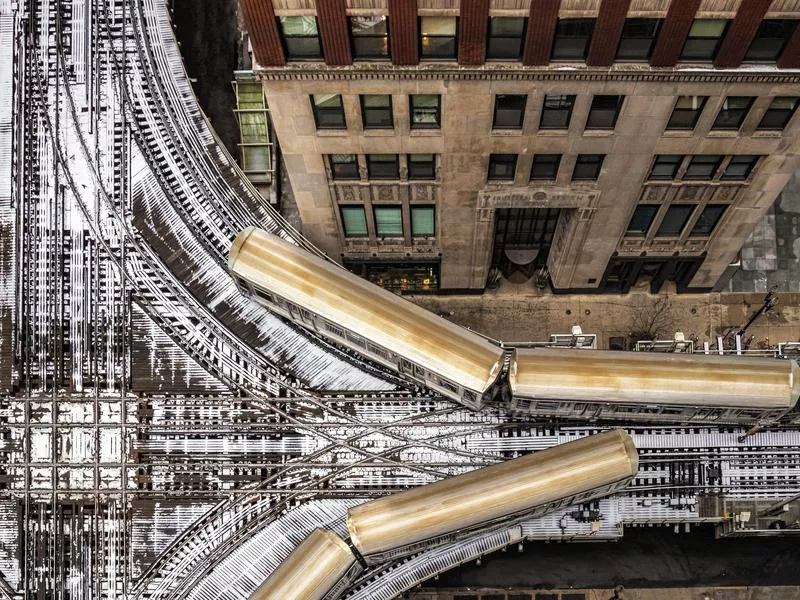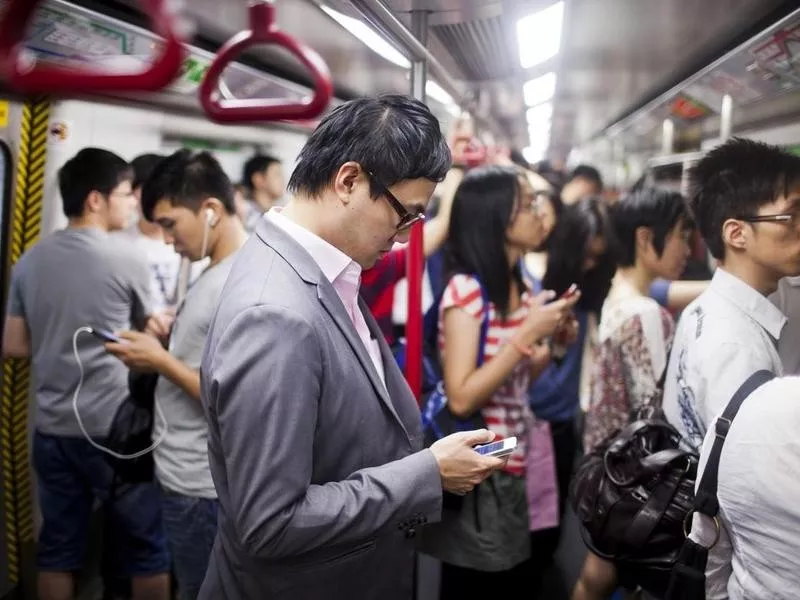It goes without saying that it’s much easier to enjoy a city when you can easily get around it. That’s why the best tourism cities boast superb public transit systems — publicly subsidized networks of trains, subways, buses and boats that can quickly and cheaply get you where you want to go.
According to John Fairfield, professor of history and urban development at Xavier University, public transit systems have other benefits, too, including a reduced energy footprint and improved safety, as cars are a far more dangerous way to get around. And the best systems have charm and character to boot.
So, which metropolises offer the best public transit systems in the world? It’s a somewhat relative question since some people value affordability over efficiency or sustainability over ease. But experts agree that the following city systems are among the finest you’ll ever have the pleasure of using.
Spoiler alert: If you want great public transportation, Asia and Europe are the places to go!
23. Amsterdam, Netherlands

dutchphotography / Getty Images
The Amsterdam rapid transit system, the GVB, consists of metro lines, buses, trams, trains and — of course — ferries. Given the city’s famous channels, it’s important to have an option for getting through water.
Still, the system is somewhat limited, with only four metro lines. Given its relatively small size and the 15 tram lines and 43 bus lines that complement it, however, most people find it adequate for their needs. Night buses supplement the interrupted tram service after midnight.
6. Chicago, Illinois

Getty Images
The second-largest public transportation system in the U.S. (after New York, of course) is the best in America, according to McKinsey. And it stands out from the pack in some important ways.
For one thing, the system is very affordable, and disabled people, military personnel and seniors enjoy options for reduced or complimentary fare.
The city also does a commendable job on both the accessibility and sustainability fronts. Currently, 100 percent of buses and railcars and 70 percent of metro stations are accessible, and new buses tout clean-diesel engines, with plans to add more electric buses to the fleet.
Hong Kong’s Public Transit System

Getty Images
This system’s reliability doesn’t cost a pretty penny, either. Rates are very reasonable, and in a rarity for public transit systems, passengers don’t feel like they’re being nickel and dimed.
“Hong Kong residents are generally satisfied with the dynamics of public transport costs, while the perception is usually negative for all other cities,” the McKinsey report notes.
Considering all this, it’s little wonder that 83 percent of people are satisfied overall with public transport in this bustling metropolis. But there’s a caveat: Though the system is easy to maneuver once you understand it, it’s still quite complicated and can take a minute to get used to. Do your due diligence beforehand to get a grasp on the available options.
Where to stay: Hyatt Regency Hong Kong Tsim Sha Tsui